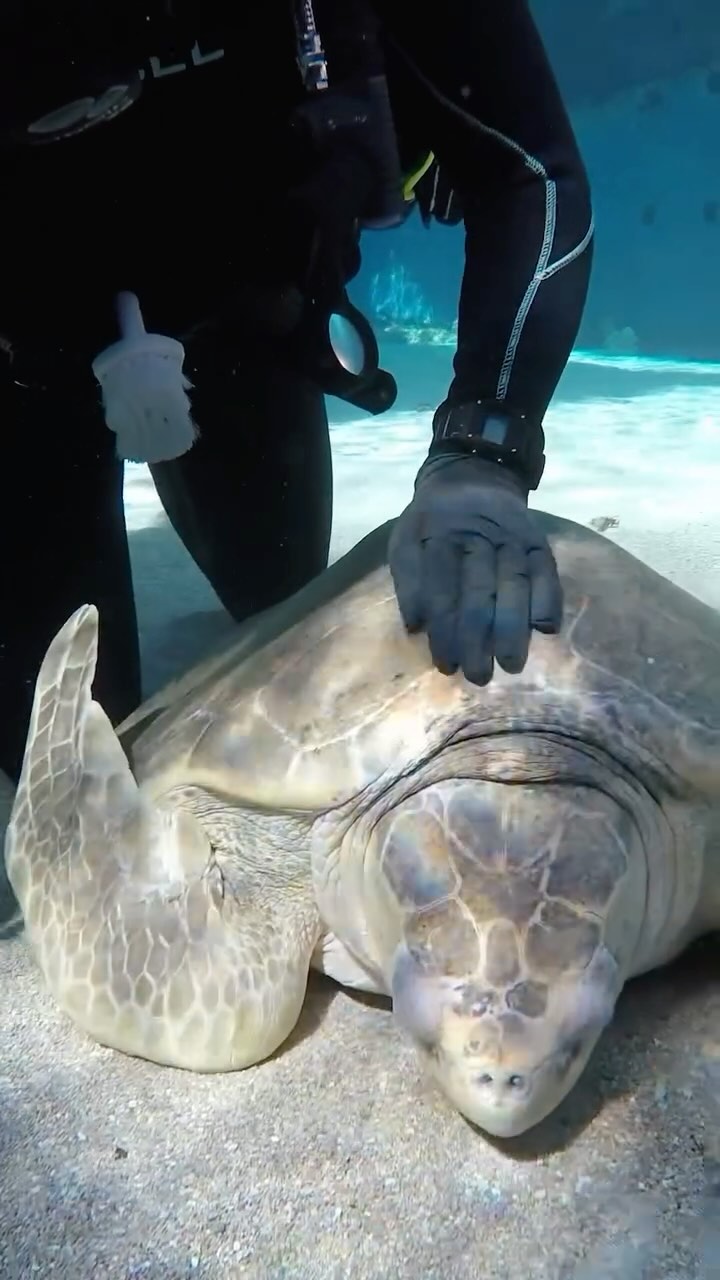- Celebrating the Milestone: The 30th Hatchday of Lou and Theo, the Sea Turtles
- Understanding Sea Turtle Biology and Lifespan
- The Role of Zoos in Sea Turtle Conservation
- Importance of Public Awareness and Education in Wildlife Conservation
- Successful Zoo Programs for Marine Animal Conservation
Celebrating the 30th hatchday of Lou and Theo marks a significant milestone not only for these remarkable sea turtles but also for the institutions that care for them. This special occasion highlights three decades of successful management and dedication to marine life conservation. These turtles have been intrinsic to conservation efforts, education, and public engagement, helping to foster a better understanding of the importance of marine animals in our ecosystems.
Sea turtles are a fascinating group of animals comprising seven species, including the green, loggerhead, and leatherback turtles. Lou and Theo are excellent representatives of their species, serving as ambassadors for ocean-dwelling creatures. Understanding sea turtle biology is paramount as it helps in appreciating their longevity and the challenges they face in the wild. These reptiles have a long lifespan, often exceeding 50 years, with some species, like the green sea turtle, living over 80 years. However, the journey from hatching to adulthood is fraught with peril, with less than one in a thousand surviving to adulthood. This low survival rate underscores the importance of human intervention to safeguard these creatures.
Zoos play a pivotal role in the conservation of sea turtles, acting as sanctuaries for injured and elderly individuals like Lou and Theo. These institutions contribute to conservation efforts through breeding programs, research, rehabilitation, and public education. By housing these animals, zoos provide an opportunity to study their behavior, physiology, and health more intimately, which can lead to better conservation strategies both in captivity and in the wild.
One of the powerful tools in conservation is public awareness. Education about sea turtles helps to shed light on threats such as habitat destruction, climate change, and pollution, especially plastics in the ocean. Through educational programs and displays, zoos can inform the public about simple actions that have a considerable impact on sea turtle survival. For instance, reducing plastic use, participating in beach cleanups, and supporting sustainable fisheries can significantly reduce the risks these animals face.
Successful zoo programs are integral to the success of marine animal conservation. Institutions that focus on research provide critical data regarding breeding habits, dietary needs, and migration patterns. Rehabilitation programs offer a second chance to injured sea turtles, and release initiatives help bolster wild populations. Collaborative efforts among zoos, research institutions, and conservation organizations amplify the impact of these programs, ensuring that sea turtles like Lou and Theo can continue to thrive for years to come.
The celebration of Lou and Theo’s 30th hatchday is a testament to the dedication and hard work invested in marine conservation. It emphasizes the significance of education and public engagement in safeguarding our marine ecosystems. As we celebrate this milestone, it’s essential to acknowledge the role each of us plays in the conservation of sea turtles, ensuring a future where these ancient mariners continue to roam our oceans.
*****
Source Description
Happy 30th hatchday to our sea turtles Lou and Theo! 🐢🎉🎂🥳


